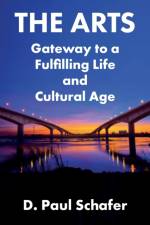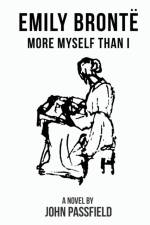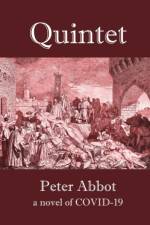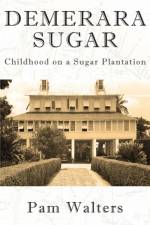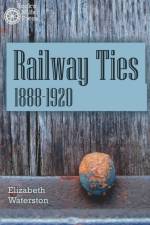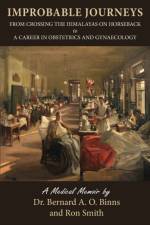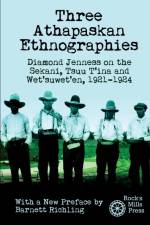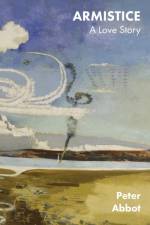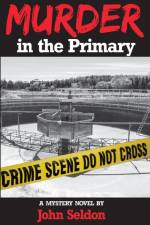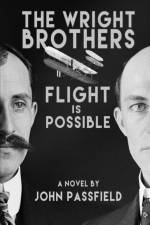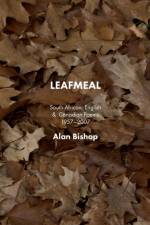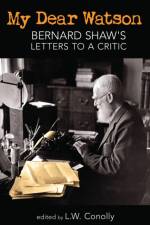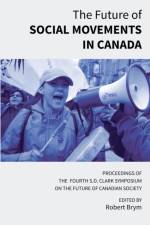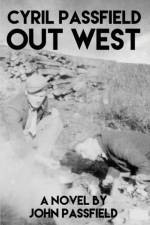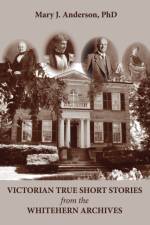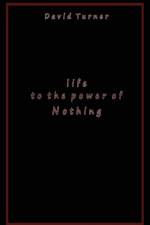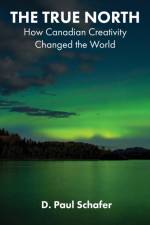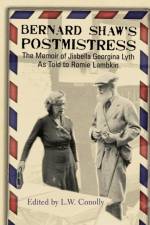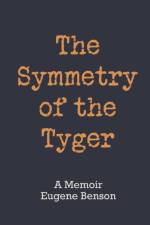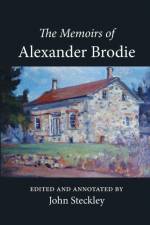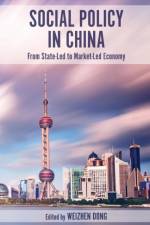- A Memoir
av Eugene Benson
349,-
Writer, would-be Catholic priest, editor, librettist, and professor, Eugene Benson surveys ninety years of travel, adventure, and engagement at the very heart of Canadian culture. Born in Ireland, Benson's early recollections recall a world of political troubles, war, and wavering religious devotion. His adventures working and travelling across the globe are both fascinating and sometimes eyebrow-raising. Benson's involvement in Canadian cultural affairs took place at a time when this country was becoming an important presence on the world stage. Benson's memories of many of the key figures that shaped it, including Margaret Atwood, Margaret Laurence, Robertson Davies, Northrop Frye and Marshall McLuhan, are deeply insightful, and his overall perspective is witty, humanistic, and occasionally cynical."There is a surprisingly broad sweep to Eugene Benson's memoir, in places, people and ideas. He is a seeker and adventurer, delving deeply into subjects as diverse as theology, the barbarism of bullfights and musicology. Benson has written this eloquent, clear-minded book at age 90. His powers of recall reach not just the events, places and people of his life, but actual conversations. And they are interesting! 'The exercise of writing an autobiography is sometimes an exercise in evasion' Benson says at the beginning of his book. He seems to be not guilty of that except for the two most traumatic experiences of his life. He cannot describe the emotional pain he went through in deciding the priesthood was not for him. The other is in late life when his beloved German-Canadian wife dies of dementia. In between are vivid, lively, insightful accounts of his adventures when he emigrated to Canada and taught in a remote Saskatchewan school with all grades in the one room. He held odd jobs in Vancouver, wrote a novel in Mexico, became a dishwasher of no fixed address in Toronto, taught English to immigrant pilots, then did his PhD at University of Toronto. There, caught in the unacknowledged rivalry between Northrop Frye and Marshall McLuhan, Benson almost failed his oral exam by politely telling McLuhan his questioning was unintelligible. Then began his secure academic career helping to build the Department of English at Guelph University as he contributed important books on Canadian theatre, wrote libretti for avant-garde operas, promoted the Guelph music festival and worked with the prominent Canadian writers of the 1970s and '80s. He became a particular friend of Graeme Gibson and chaired the Writers' Union of Canada in 1983-84. Margaret Atwood called on him to serve on the first executive of PEN Canada. Through his portraits of friendship with the greats of the Canadian music and literary world emerges a fascinating portrait of the talented, valuable Eugene Benson." -Dorris Heffron, author of City Wolves and other novels



